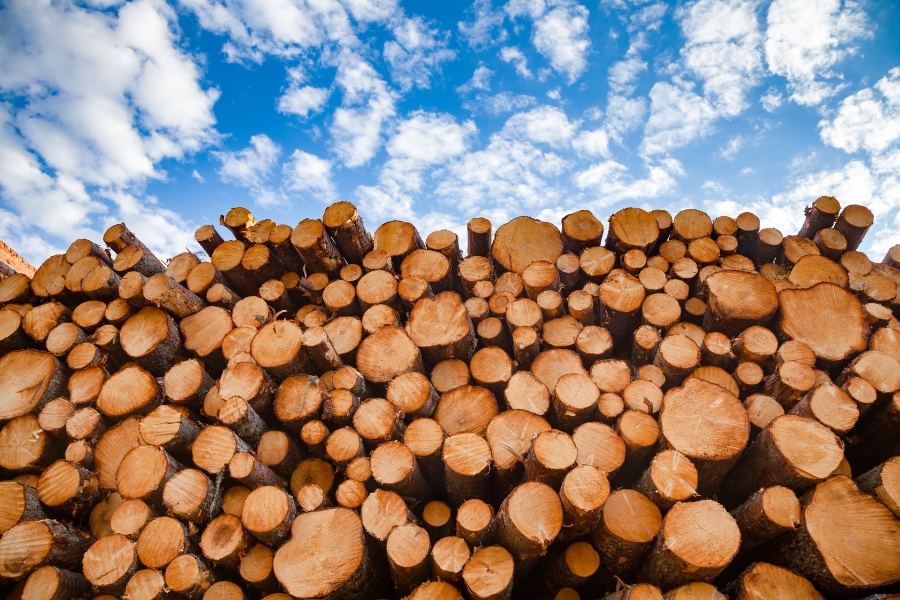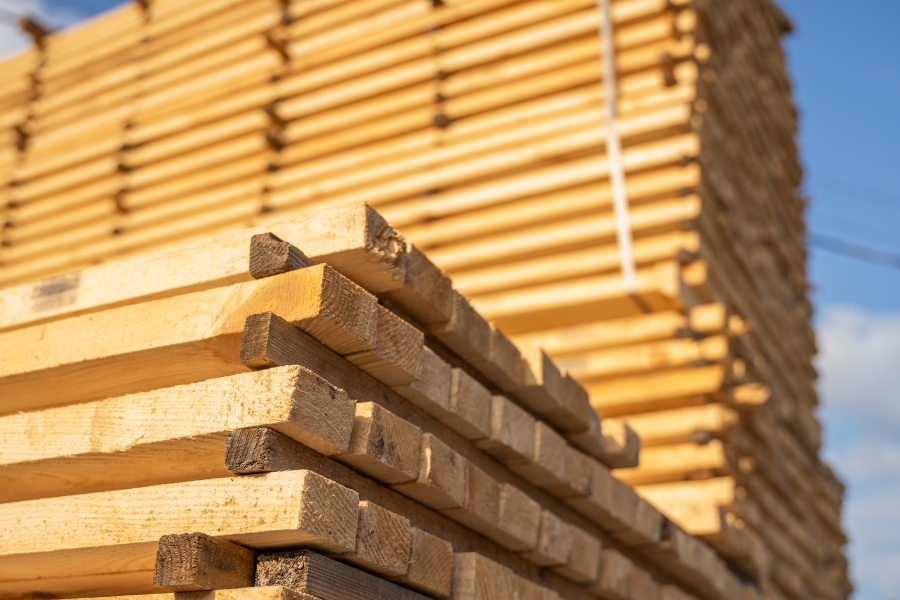
Hardwood vs. Softwood: Which One Is Best for Your Furniture?
If you’re not a carpenter, chances are you don’t know the difference between hardwood vs. softwood.
But if you’re in the market for some furniture made using custom woodworking, then this is something you’re going to want to know.
Regardless of what kind of furniture you’re looking for, understanding the difference between hardwood vs. softwood will help you ensure you’re choosing the right materials for the job and will be fully satisfied with your furniture once it’s been built.
Of course, a master woodworker can always recommend what’s best, no matter what you want them to create, but it definitely doesn’t hurt to understand this stuff yourself.
So, if you’re interested in hiring a carpenter to create some one-of-a-kind furniture, and you’re asking yourself, “What’s the difference between hardwood and softwood?” then you’re going to want to keep reading.
Because in this article, we’re going to explore the unique differences between hardwood and softwood, along with how that relates to choosing the right wood for your furniture.
Hardwood vs. Softwood: What’s the Difference?

While hardwood is typically stronger than softwood, the real distinction between these two materials lies in the type of trees they come from, along with their cellular structure, growth rate, cost, and the applications they’re best suited for.
With that in mind, below we explore the key differences between hardwood vs. softwood.
Origin
Hardwood comes from deciduous trees, which are trees that lose their leaves annually and also tend to have a slower growth rate. Examples include oak, maple, cherry, and walnut.
Softwood, on the other hand, comes from coniferous trees, which usually grow faster than hardwoods, typically have needles and cones, and are evergreen, meaning they retain their leaves throughout the year. Examples include pine, spruce, and cedar.
Cellular Structure
Hardwood trees have a more complex structure, including vessels (or pores) that transport water throughout the wood. This cellular structure can have a significant influence on the grain pattern and density of the wood.
Softwood trees have a simpler structure, lacking the vessels found in hardwoods. They primarily consist of tracheids and some parenchyma cells, which serve both to support the tree and transport water.
Density and Hardness
Hardwood is often, but not always, denser, and harder than softwood.
That being said, density and hardness can vary significantly among hardwood species; for example, balsa wood is a hardwood but is also one of the lightest and softest woods available.
Softwood is generally thought to be softer than hardwood, making it easier to work with for certain applications. However, there are exceptions, as some softwoods can be quite hard and dense.
Uses
Hardwood is typically used for products that require greater durability and a fine finish, such as furniture, flooring, cabinetry, and high-quality tools. Its aesthetic grain patterns make it a popular choice for decorative items, as well.
Softwood can also be used for things like cabinetry, flooring, and furniture, especially when a lighter, more uniform appearance or a specific grain pattern is desired.
However, its faster growth rate makes it a more economical choice for many large-scale applications, such as construction and manufacturing, including things like framing, roofing, and the production of paper.
Cost
Hardwood is generally more expensive than softwood due to its slower growth rate and the demand for its appearance and durability.
At the same time, softwood is usually less expensive and more readily available, making it a more cost-effective choice for many construction and manufacturing needs.
How to Choose Between Hardwood vs. Softwood for Furniture

Both hardwood and softwood have their own unique advantages and aesthetic appeals.
But by considering factors such as durability, cost, environmental impact, and your personal style, you can choose the material that best fits your needs and preferences, ensuring that your furniture will be beautiful, functional, and exactly as you envisioned.
With that in mind, below we’ve laid out everything you need to know to choose between hardwood vs. softwood for your furniture.
Durability and Usage
You should opt for hardwood if you’re looking for furniture that will last for decades or even generations. Hardwood pieces are more resistant to wear and tear, making them more suitable for things in high-traffic areas, like dining room tables, flooring, or heavily used chairs.
That being said, if you’re decorating a space that won’t see heavy use, or if you enjoy changing your furniture more frequently, softwood can be a cost-effective and aesthetically pleasing option. It’s ideal for items like bedroom dressers, side tables, or decorative shelving.
Aesthetics and Finish
Hardwood offers a wide range of colours, grains, and textures, and its natural patterns tend to be more pronounced and varied, adding character and warmth to furniture. Hardwood is also typically stained to enhance its natural beauty or match other décor.
Softwood generally has a more uniform appearance, with lighter colours and less pronounced grain patterns. Like hardwood, it can also be painted or stained, but its natural look is often less varied than that of hardwood.
Cost and Availability
Hardwood tends to be more expensive due to its durability and the slower growth rate of hardwood trees. This higher cost is often justified by the longevity and timeless appeal of hardwood furniture.
Softwood tends to be more affordable and more widely available, making it a budget-friendly option for many consumers. The lower cost also makes softwood a good choice for larger projects or pieces that may be updated frequently.
Environmental Impact
Choosing sustainably sourced hardwoods or reclaimed hardwood can mitigate the environmental impact of logging. If this is something you’re concerned about, you can look for certifications like FSC (Forest Stewardship Council) to ensure the wood has been responsibly harvested.
Softwood, on the other hand, often grows faster and is more readily renewable than hardwood, which can make it a much more sustainable choice.
But regardless of which wood you want, it’s still important to source it from those who practice sustainable forestry.
Weight and Mobility
Hardwood furniture is heavier, making it more stable but also more challenging to move.
With that in mind, you should consider hardwood for pieces that won’t need to be moved often.
Softwood is lighter, which can be an advantage if you think you’ll need to frequently move the furniture for things like cleaning or redecorating.
Making Your Decision
When deciding between hardwood vs. softwood for your furniture, make sure to consider each piece’s intended use, location, and your lifestyle. If longevity, durability, and timeless appeal are your top priorities, hardwood may be the best choice.
But if you’re looking for cost-effective, environmentally friendly options for less trafficked areas, softwood could be the ideal material for your furniture.
Regardless of your choice, keep in mind that if you want your furniture to last a long time, proper care and maintenance are key.
Regular cleaning, avoiding prolonged exposure to direct sunlight, and using coasters or pads to protect surfaces can help maintain the beauty and integrity of both hardwood and softwood furniture.
If you’re looking to learn more about how to keep your furniture looking new for years to come, you can check out Our Top Tips for Wood Furniture Maintenance for more information.
Still not sure if you want softwood or hardwood? Our master woodworker, Andy Ingram, has over 30 years of experience, and he can steer you in the right direction. For more details, contact us, or check out our portfolio to see what we’re capable of creating.